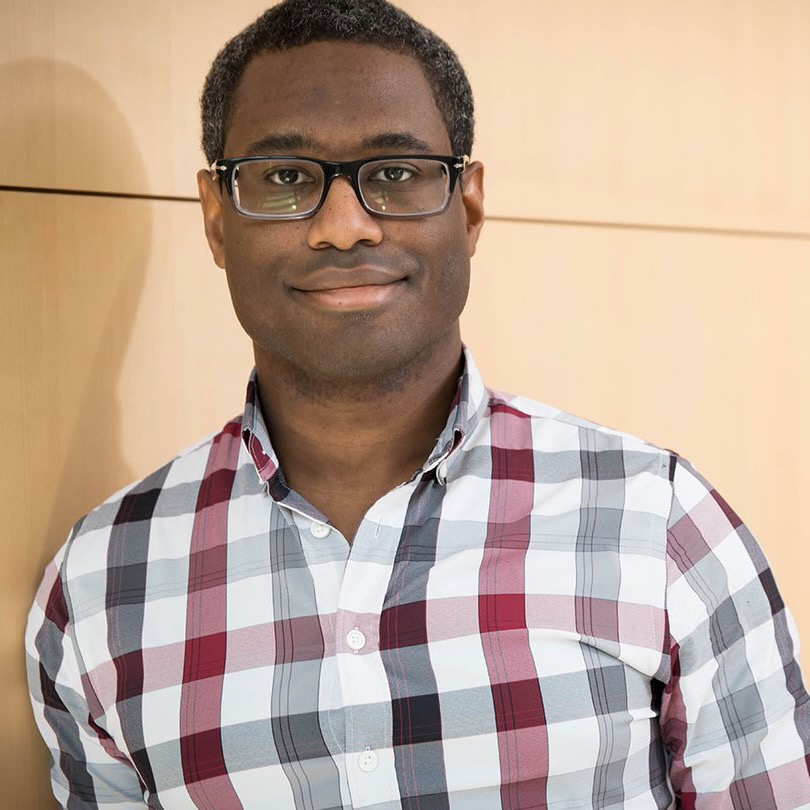Dr. Van Valen uses computational biology approaches to combine imaging-based methods (e.g., microscopy) with genomic information.

David Van Valen, M.D., Ph.D.
Assistant Professor of Biology and Biological Engineering (California Institute of Technology)
Dr. Van Valen was an undergraduate at MIT. He received his Ph.D. from the California Institute of Technology and his M.D. from the University of Califonria, Los Angeles. Before becoming a professor at Caltech in 2017, he was a postdoc at Stanford.
Tumors are extremely complex systems, containing cancerous cells, healthy cells from the same tissue/organ, and immune cells. This complexity makes cancer difficult to study: a lot of the things we learn from simplified models end up having limited applicability to the real situation. To study tumors as they really exist in a patient, we need methods that gather information about many attributes of each cell within the tumor and also preserve information about where these cells are relative to each other.
In a recent paper, Dr. Van Valen and colleagues describe such a method. They built a machine that can take high-resolution images of a slide and record where in the image 40 different proteins are located. They used this to study slides from 41 triple-negative breast tumors, looking for 36 different proteins, to map out the immune environment within the tumor. (Dr. Van Valen wrote the software that interprets the images - figuring out where the individual cells are in the picture, quantifying how strong the signal is from each protein, etc.)
They found a lot of variation across patients in the number and type of immune cells that had entered the tumor. However, the balance of different types of immune cells seemed related to the total number of immune cells, which they interpreted to mean that the different types of cells enter in a particular order. This suggests that one type of immune cell is recruiting other types of immune cells to the tumor in a coordinated way.
Looking at the whole tumor section, they were able to identify a consistent organizational structure. One feature of this structure was that cells closer to each other were also more similar to each other, suggesting that cells are influenced by their neighbors in ways that mean one part of a tumor might look very different from another part of the same tumor.
Finally, they compared patients with more compartmentalized tumors (immune cells formed a separate “compartment” from the cancer cells) to patients with more mixed tumors (immune and cancer cells mixed together). They found that the immune cells in the compartmentalized tumors were more likely to express proteins indicating that they were functioning normally, and that patients with compartmentalized tumors had better outcomes.